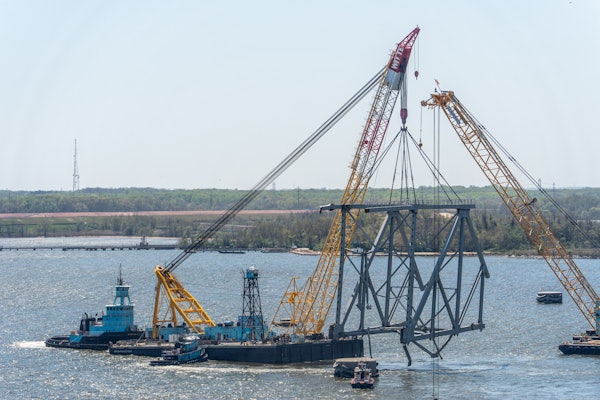
It started as a faint noise on the horizon in the mid-Eighties, a conversation among a few cerebral industry watchers: The Mega Project Era was over. The last miles of the main Interstate Highway system were being built, environmental concerns were shutting down nuclear power plant construction, and the American economy was settling into middle age.
No one knew for sure how the construction industry would change, but change was clearly inevitable.
Forecasts ranged from fearful premonitions of a collapsing market for heavy equipment to predictions of a dramatically different – but viable – landscape for contractors and suppliers alike. The doomsday scenarios were especially riveting during the U.S. recessions of the Eighties, each seeming to bring with it the kind of devastation that makes recovery seem improbable, if not impossible.
A fair interpretation of what actually happened goes something like this: Jobs got smaller, equipment strategies evolved from project-based acquisition to lifecycle management and construction management got increasingly sophisticated at all levels. The heavy construction market didn’t collapse with the last mega-project, it followed the path carved by the overall U.S. economy, rising and falling with growth and contraction in the gross domestic product.
Locked as we are in the most severe recession most of us have ever seen, it’s worth reflecting on what happened in the Eighties, and what might happen as this recession gives way to a recovery, whenever that might come.
It seems possible, for example, that home construction will come back as a different construction enterprise than it was in the two decades prior to the Great Recession, when it was a primary force in an amazingly robust economy. With the country’s reluctance to invest in infrastructure, green field construction of large subdivisions may decline while reconstruction of older neighborhoods increases. This would directly affect commercial construction, too.
The doomsday scenarios were especially riveting during the U.S. recessions of the Eighties, each seeming to bring with it the kind of devastation that makes recovery seem improbable, if not impossible.
In the highway industry, agency budgets will prioritize pavement and bridge maintenance over all other investments for the forseeable future. New construction and renovation investment will be severely limited until we are two or three years into an economic recovery, and even then will be second to prevention in budget priorities.
Perhaps the most visible shift in construction today is the emphasis on recycling. The construction industry has become a leader in reclaiming old materials and reducing consumption of new ones. The trend will continue because it’s powered by economics, not idealism.
Products that once clogged landfills now have value in secondary uses. Old asphalt is as functional as virgin asphalt and cheaper. Old concrete is valuable aggregate. Old tires are processed into a performance-enhancing additive for asphalt. Reprocessed roofing shingles reduce the amount of the virgin asphalt cement in – and the cost of – asphalt mixes. The asphalt and concrete industries are prodigious consumers of steel slag, fly ash and other industrial waste products.
Part of adapting to change is recognizing it. The other part, the hard part, is investing in new opportunities and letting go of old practices that are no longer viable.












